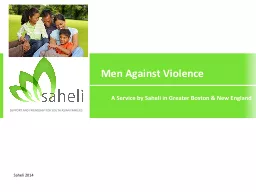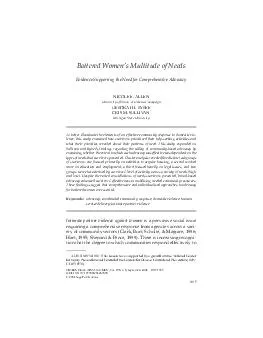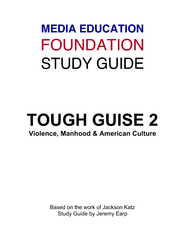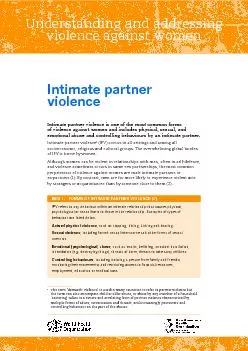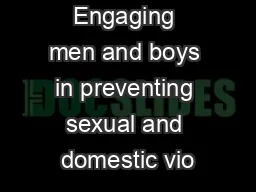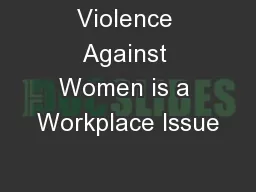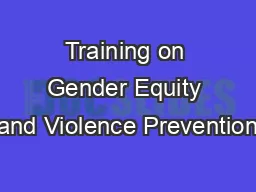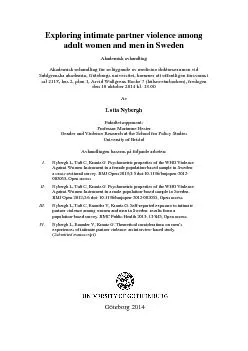PPT-Men Against Violence
Author : min-jolicoeur | Published Date : 2016-07-22
A Service by Saheli in Greater Boston amp New England Saheli 2014 Who is Saheli Nonprofit providing help to survivors of domestic violence 17 years of service
Presentation Embed Code
Download Presentation
Download Presentation The PPT/PDF document "Men Against Violence" is the property of its rightful owner. Permission is granted to download and print the materials on this website for personal, non-commercial use only, and to display it on your personal computer provided you do not modify the materials and that you retain all copyright notices contained in the materials. By downloading content from our website, you accept the terms of this agreement.
Men Against Violence: Transcript
Download Rules Of Document
"Men Against Violence"The content belongs to its owner. You may download and print it for personal use, without modification, and keep all copyright notices. By downloading, you agree to these terms.
Related Documents

